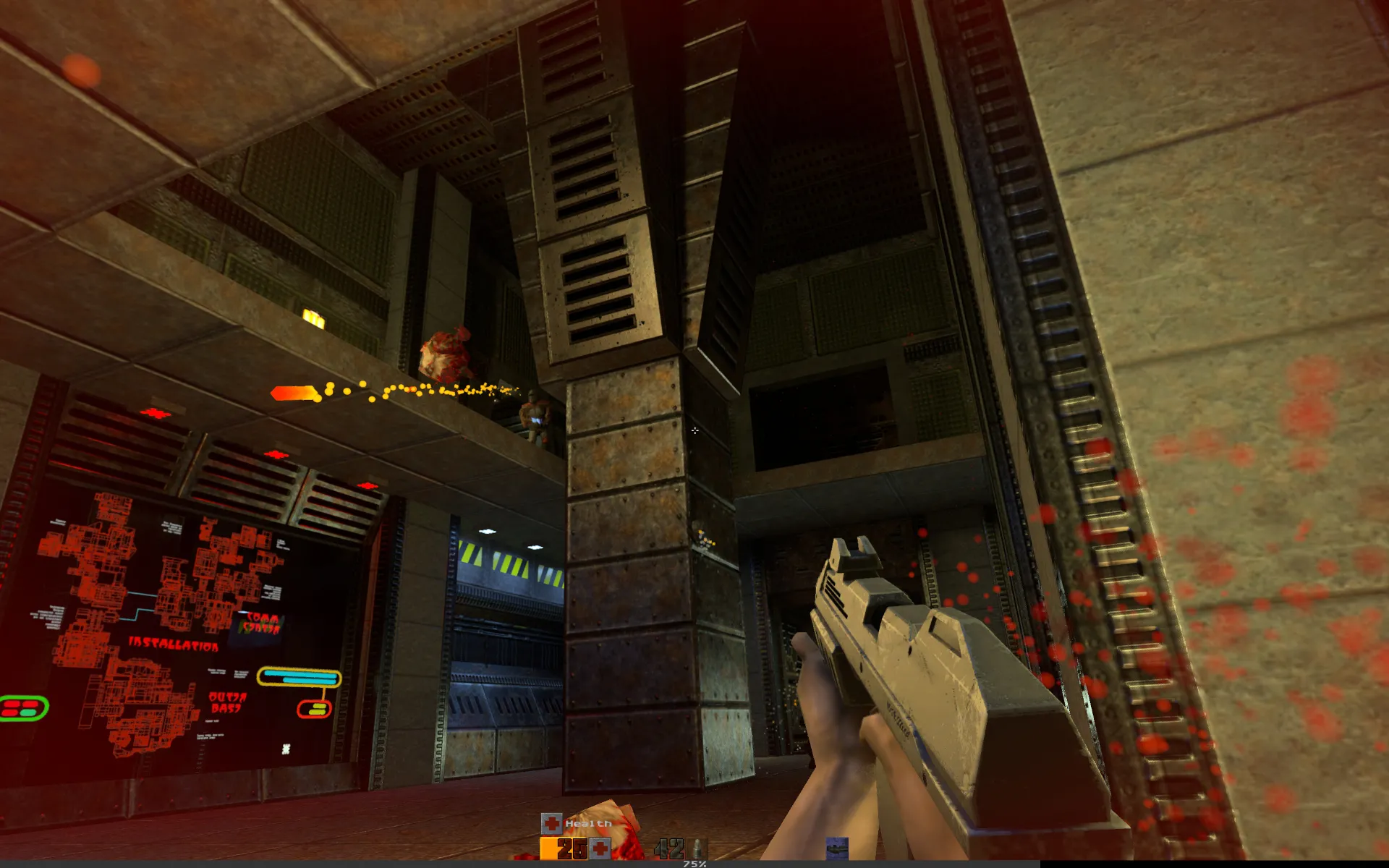In addition to Mesa’s open-source Radeon Vulkan driver “RADV” making some nice performance improvements for modern AMD GPUs with hardware ray-tracing, the emulated ray-tracing code path in RADV for primarily older GPUs has seen some improvements merged this weekend. In fact, so significant that from one merge request is around 40% faster performance for the Quake II RTX game with the emulated RT handling.
Konstantin Seurer has implemented proper water tightness handling for the emulated ray-tracing code path in RADV. For ray-tracing, water tightness refers to accurately handling intersections with surfaces such as at edges and corners.
With this merge request for watertight ray-triangle intersection in the emulated code path in RADV, it’s now using FP32 rather than FP64 and contains other improvements over the older code.
“Instead of using fp64 (Which is broken in some cases) the new approach only uses fp32 and implements tiebreaking for edge/vertex hits. Using fp32 is also much faster, improving performance of q2rtx by around 40%.”
Yes, this merge request merged today for the newly-started Mesa 25.3 development cycle scores around 40% better performance for Quake II RTX when using the emulated ray-tracing support.
Konstantin Seurer who authored that merge request also landed another merge to enhance the RADV ray-tracing support by implementing null acceleration structure support in the shader code. Konstantin Seurer is one of the developers working on the Mesa RADV code thanks to Valve.
